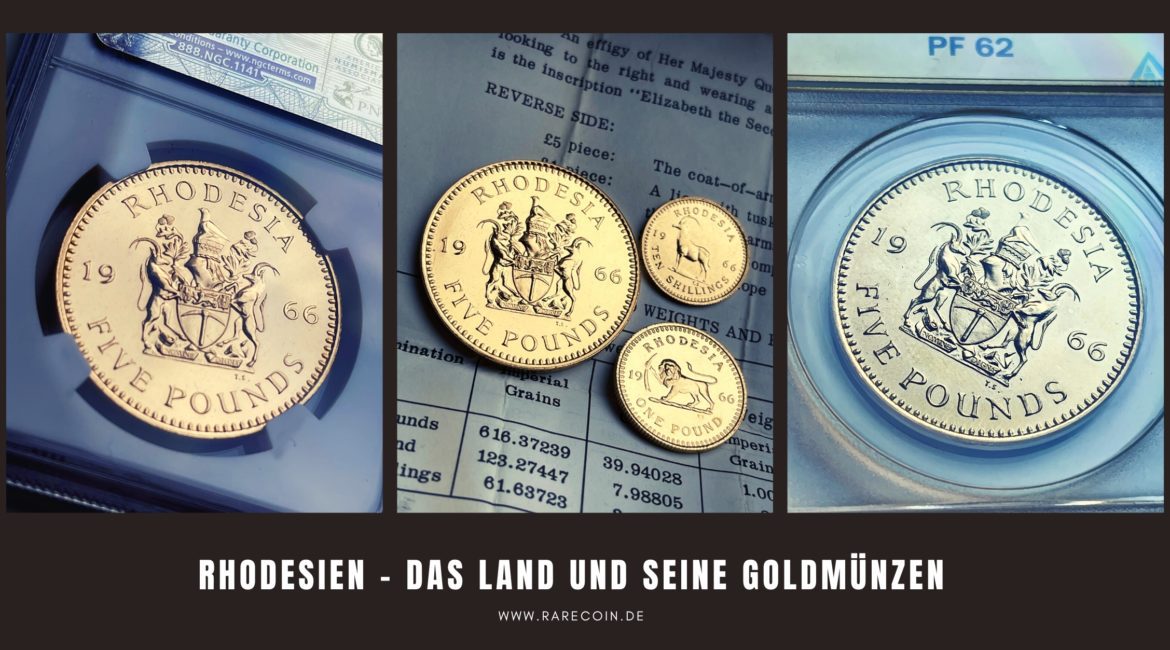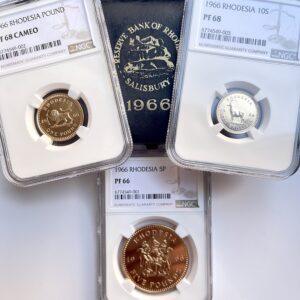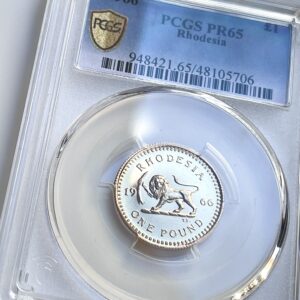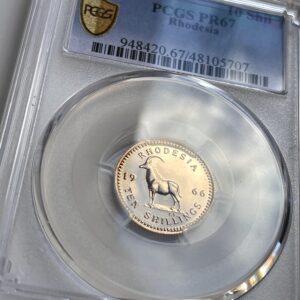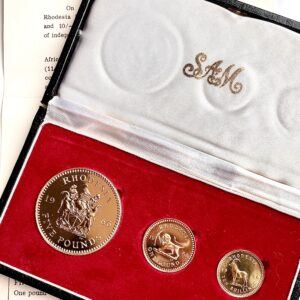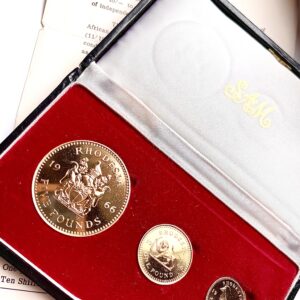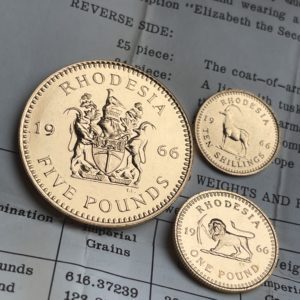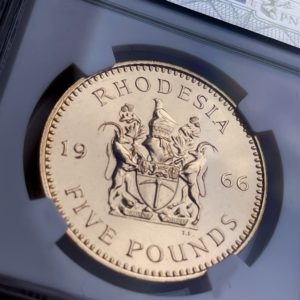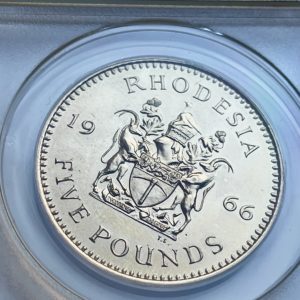How did Rhodesia get its name?
The name “Rhodesia” was first used for the region by white settlers in the 1890s, who informally named their new home after Cecil Rhodes. Cecil Rhodes was the founder and CEO of the company. The name was used in newspapers from 1891 and officially adopted by the Society in 1895.
Location
Rhodesia bordered South Africa to the south, Bechuanaland (later Botswana) to the southwest, Zambia to the northwest, and Mozambique to the east.
Economy
Rhodesia developed an economy largely dependent on agriculture, manufacturing, and mining. The main exports were steel, chrome and tobacco.
Rhodesia flag
The flag of Rhodesia consists of three vertical fields, green, white and green. In the center of the white field is the coat of arms of Rhodesia. Green is the predominant color of the coat of arms.
The Rhodesian flag was in use until 01 September 1979, when it was replaced by the flag of Zimbabwe-Rhodesia.
The largest cities in Rhodesia were the capital Salisbury (now Harare) and Bulawayo. Salisbury was also the capital of Zimbabwe and is located in Harare Province in the north central part of the country.
How are Rhodesian Ridgeback dog and Rhodesia related?
Rhodesia is the land of lions and Rhodesian Ridgeback is the famous “Lion Dog” of Rhodesia. It is a typical breed of the country, appreciated by dog lovers all over the world.
Rhodesia coins
According to wikipedia, Rhodesian Pound coins were part of the currency of Southern Rhodesia, which changed its name to Rhodesia after the dissolution of the Federation of Rhodesia and Nyassaland, when the Rhodesian Pound replaced the Rhodesian and Nyassaland Pound that had replaced the Southern Rhodesian Pound.
In 1964, a series of coins for the Reserve Bank of Rhodesia was minted at the South African Mint in Pretoria.
These were the following coins:
Sixpence with the motif of a flame lily on the reverse side
Shilling with the Rhodesian coat of arms on the reverse side
Guilders with the Zimbabwe bird on the reverse side
Half crown with a sable antelope on the reverse side
These coins are interesting in two respects. First, Rhodesia was the first of two countries to use the portrait of Queen Elizabeth II by Arnold Machin on coins before the decimal system (the other country was Gambia in 1966 and 1970). Secondly, the coins had a double face value (5c, 10c, 20c and 25c). This served not only to familiarize the public with the decimal system, but also to ensure that coins could remain legal tender after the impending changeover to decimal currency.
All these coins bore the title of Queen Elizabeth II in English and not in Latin, as was the case on the coins of Rhodesia and Nyasaland and Southern Rhodesia.
Tommy Sasseen was the designer of the reverse sides of these coins – and also the designer of both sides of the Rhodesia dollar coins.
Coinage from the UDI period
Gold 1 pound coin, Rhodesia, 1966.
On November 11, 1965, Rhodesia was declared an independent Dominion by Prime Minister Ian Smith. This led to both the British Commonwealth and the United Nations imposing sanctions because the Unilateral Declaration of Independence (UDI) was not recognized as legitimate.
In 1966, the “rebel” Rhodesian government decided to issue a series of gold coins to commemorate the first anniversary of the UDI. These consisted of three denominations:
– Ten shillings (with a sable antelope on the reverse) (click for image of obverse) (click for image of reverse);
– one pound – 5000 pieces (with the Rhodesian coat of arms “lion and tusk” on the reverse) and
– Five pounds – 3000 minted (with the coat of arms of Rhodesia on the reverse)
all of which were identical in weight, size and gold content to the British sovereign, half-sovereign and five-pound coin. These coins were issued individually and in packs of three in cases marked RESERVE BANK OF RHODESIA. These coins, like the 1964 issue, were minted at the South African Mint in Pretoria.
In 1968, the Rhodesian threepence (or tickey) was minted. This coin was not double-pieced. This coin was replaced by the 2-1/2 cent coin in 1970.
These are our highlights gold coins from Rhodesia:
Rhodesia – 1966 – 3 Coins Gold Proof Set – 1 Year Independence
5 Pound Rhodesia 1966 PF63 NGC Mintage: 3,000 pieces
5 pounds Rhodesia 1966 PF62 ANACS Mintage: 3,000 pieces
In our store you will find a very large and exclusive selection of gold coins minted by SA-Mint / South African Mint. Use our filters in the store to refine your search.
You may also be interested in:

